Finite element models with random void defects are constructed to analyze the progressive damage behaviour of C/C braided composites subjected to uniaxial tension.
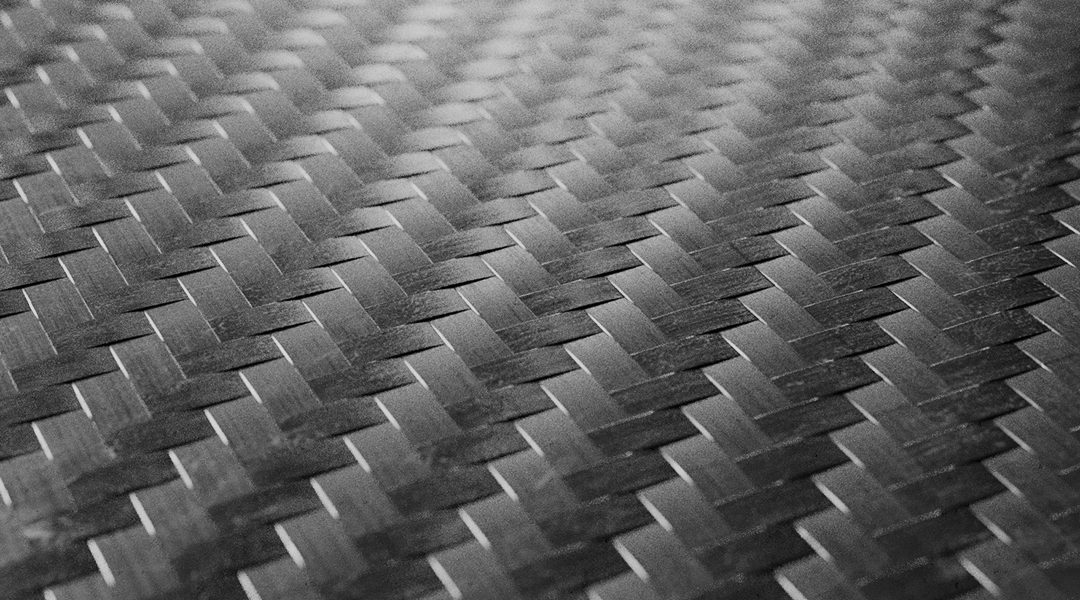

Finite element models with random void defects are constructed to analyze the progressive damage behaviour of C/C braided composites subjected to uniaxial tension.
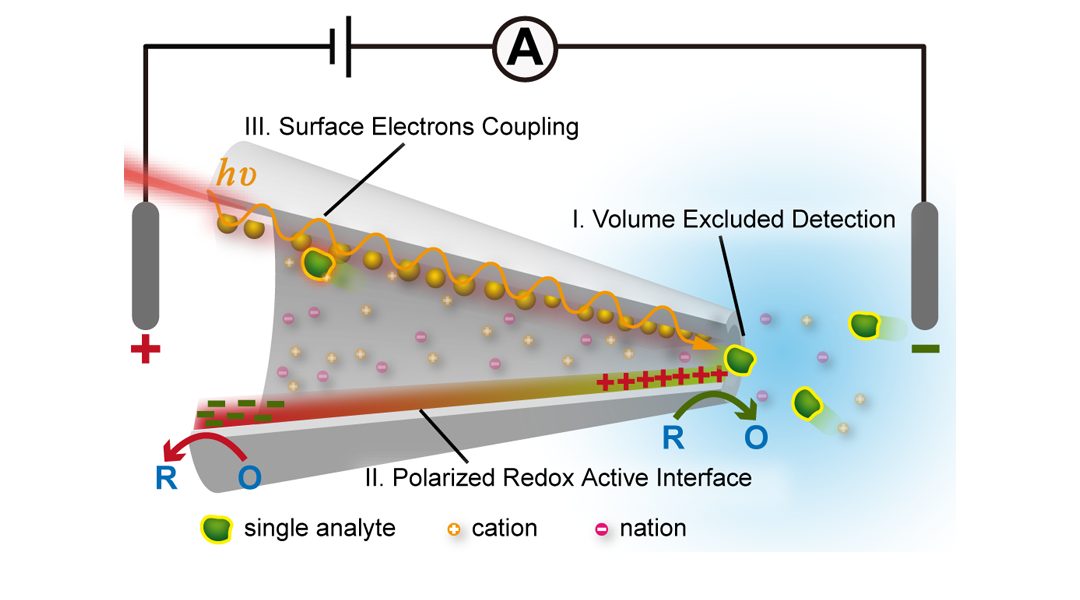
Electrochemical confined effects are capable of exploring the novel detection mechanisms of nanopore to efficiently convert the dynamic function/structure of single molecules into the ionic signatures or optical patterns. This will prompt the nanopore to emerge on the comprehensive range of future applications in both life and material science.
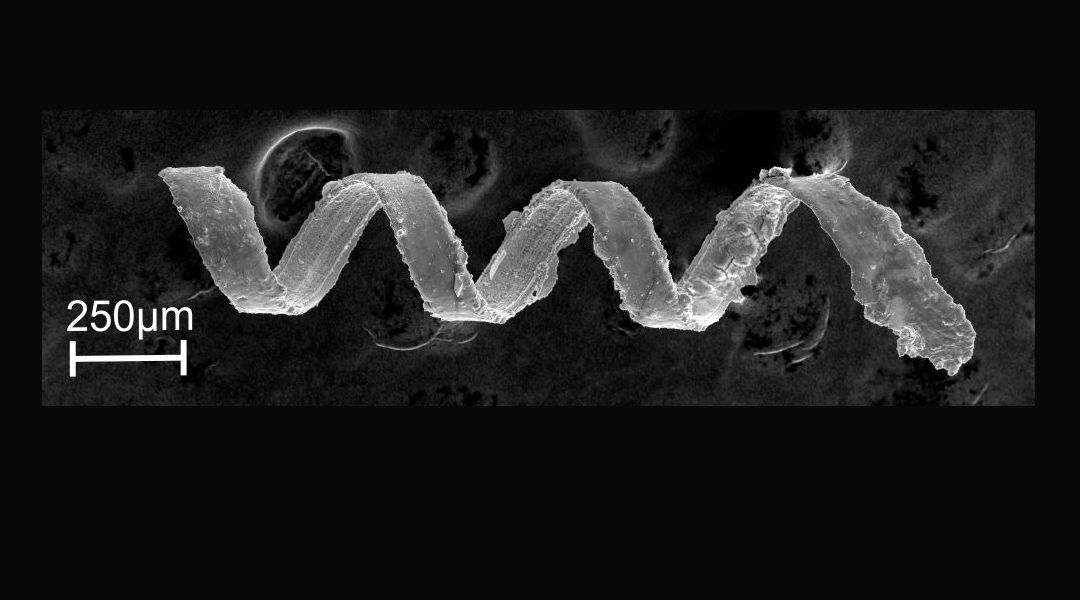
The fabrication of microhelices with semi-hard-magnetic characteristics using template-assisted electroforming is reported.

Looking at the sustainability pathways of in the Gulf region towards achieving a low-carbon development and achieving a post-fossil-fuel transformation.

GKD introduced an optimized dutch weave for use in sewage plants that reliably retains microplastics >6 µm thanks to its slot-shaped pore geometry.
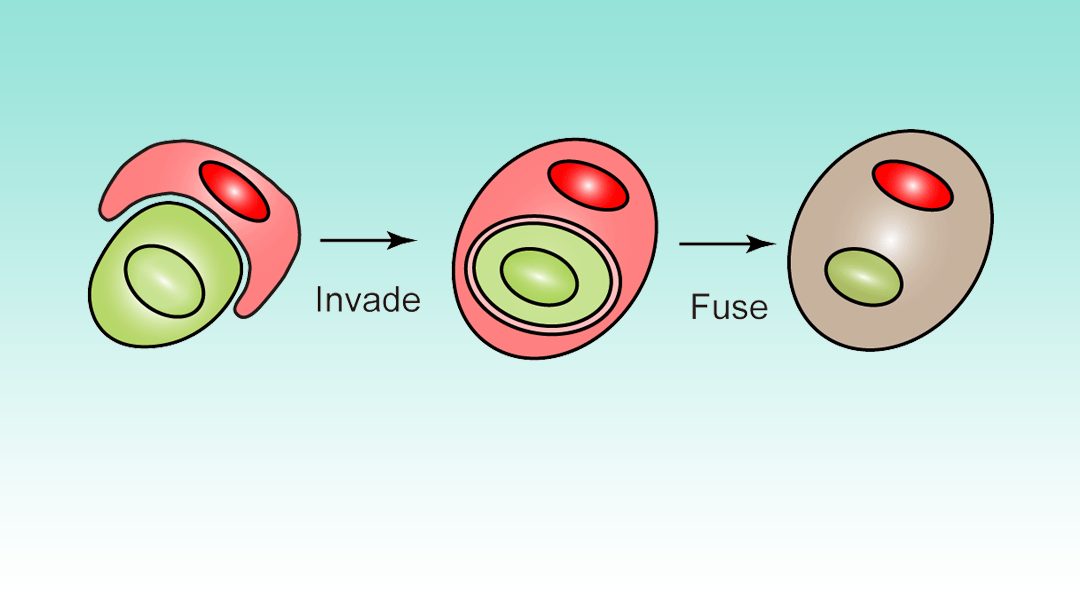
A smart cell-targeting approach for potential use in specific cell ablation.
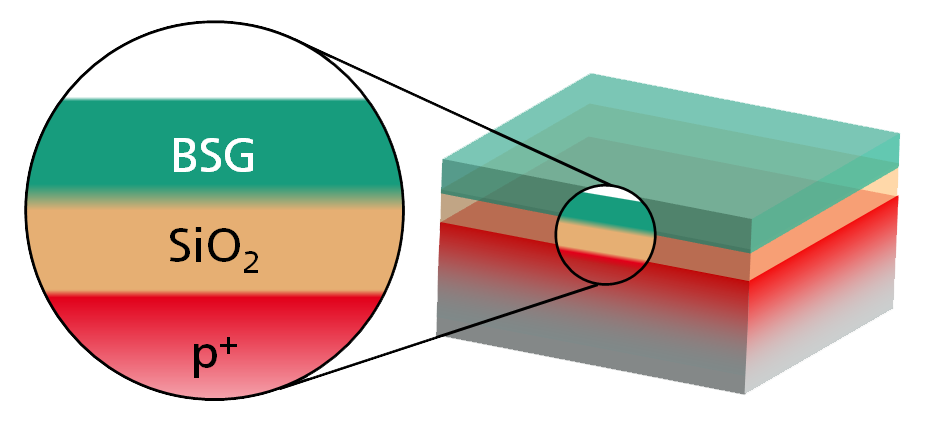
new concept of attaching a second deposition step at the end of a BBr3 diffusion is introduced.
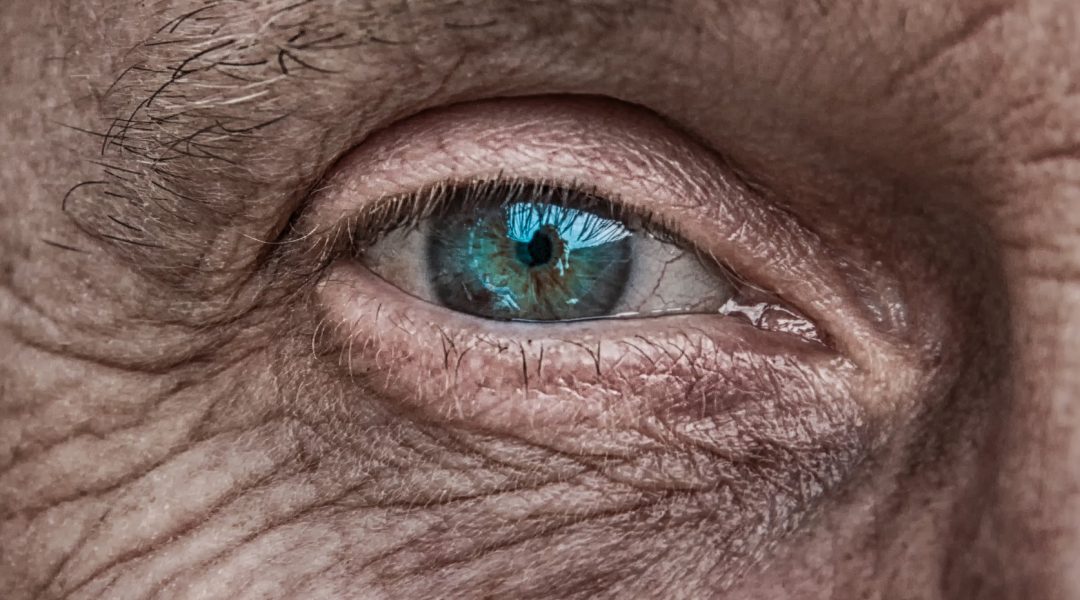
Stimulation of nerves by an artificial retina toward therapeutics for blindness.

Ribosome production is a considerable energy investment for the cell—rRNAs and ribosomal proteins (RPs) are among the most abundant classes of RNAs and proteins—and their production must, therefore, be synchronized temporally and stoichiometrically to ensure efficient ribosome assembly.
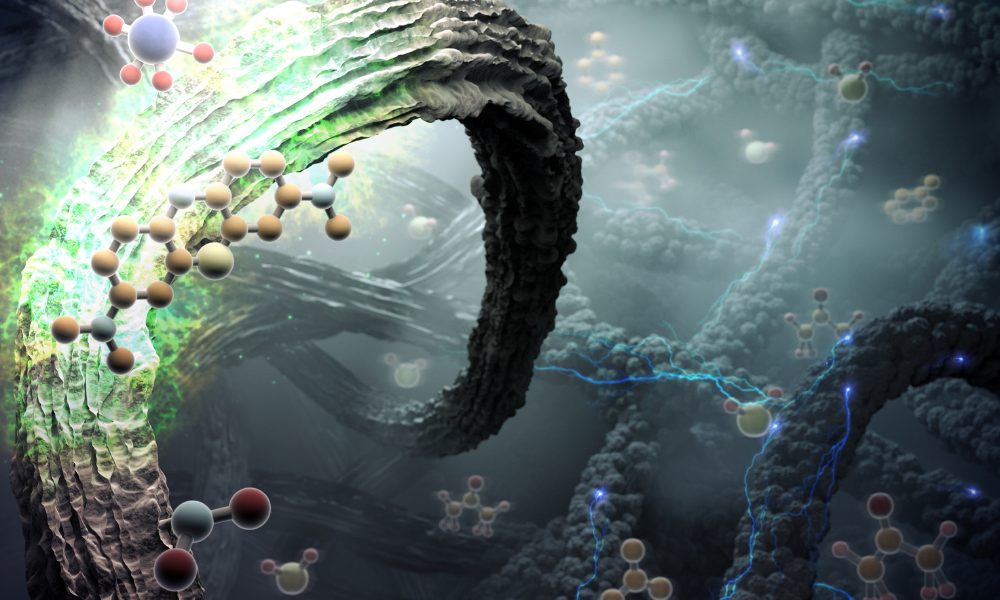
Each year, the editors of Wiley’s Macromolecular Journals select the best content published in the journals to be featured in a special collection, the Best of Macromolecular Journals.